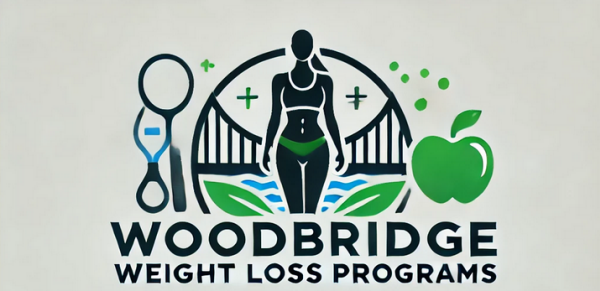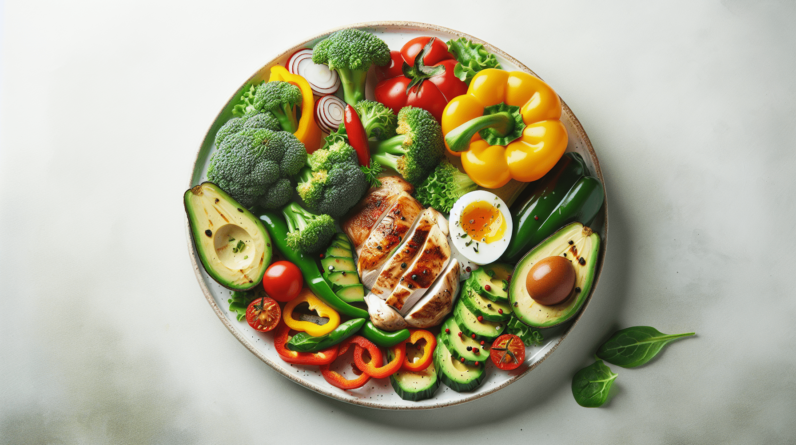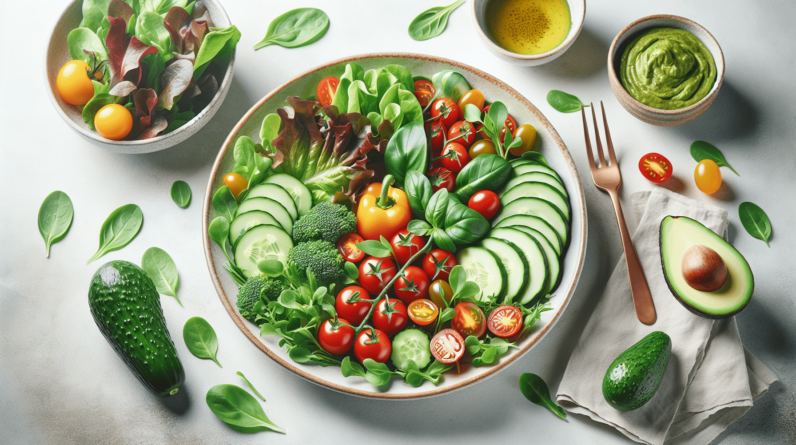
Welcome to “Top 5 Plant-Based Weight Loss Plans”! This article is designed to guide you through some of the most effective and nutritious plant-based diet options that can help you achieve your weight loss goals. You will discover five unique plans that not only promote a healthy lifestyle but also offer delicious and satisfying meal choices. Whether you’re looking to shed a few pounds or embark on a major health transformation, these plant-based plans have you covered with tasty and wholesome foods that make weight loss both enjoyable and sustainable.
Buy The Top 5 Plant-Based Weight Loss Plans EBook
Top 5 Plant-Based Weight Loss Plans
Have you been searching for a sustainable and effective way to shed those extra pounds? If so, you’re in good company! It’s not just about losing weight but adopting a healthier, more balanced lifestyle. One increasingly popular route is plant-based diets, and for good reasons. Plant-based weight loss plans are not only effective but also packed with countless benefits for your overall well-being.
In this guide, we’ll dive into the top 5 plant-based weight loss plans. Each of these plans brings something unique to the table, catering to different preferences and lifestyles. By the time you finish reading, you’ll have a better grasp of which plan might work best for you.
What is a Plant-Based Diet?
Before diving into the specific plans, let’s take a moment to clarify what a plant-based diet is. Essentially, a plant-based diet focuses on consuming foods that come from plants. This includes not just fruits and vegetables, but also nuts, seeds, oils, whole grains, legumes, and beans. While meat and animal products are often limited or excluded, the primary focus is on nutrient-rich, whole foods.
1. The Vegan Diet
Overview
The vegan diet is perhaps the most well-known plant-based diet. It excludes all animal products, including meat, dairy, and eggs. You’re relying solely on plant-based foods to meet your nutritional needs.
Benefits
- Weight Loss: Vegan diets are typically lower in calories and higher in fiber, which can help you feel full and satisfied without overeating.
- Heart Health: Reducing intake of saturated fats from meats and dairy can improve your heart health.
- Environmental Impact: Veganism is often considered more environmentally friendly due to lower carbon footprints associated with plant foods.
Getting Started
- Start Slow: Cut out one animal product at a time to make the transition smoother.
- Nutrient Focus: Ensure you’re getting enough essential nutrients like Vitamin B12, iron, and omega-3s. Supplements can help if needed.
- Variety is Key: Experiment with different recipes and products to keep your diet exciting and diverse.
Sample Meal Plan
| Meal | Food |
|---|---|
| Breakfast | Smoothie with spinach, banana, almond milk, and chia seeds |
| Lunch | Quinoa salad with chickpeas, cucumber, tomatoes, and lemon dressing |
| Snack | Apple slices with almond butter |
| Dinner | Lentil stew with mixed vegetables and brown rice |
| Dessert | Coconut yogurt with fresh berries |
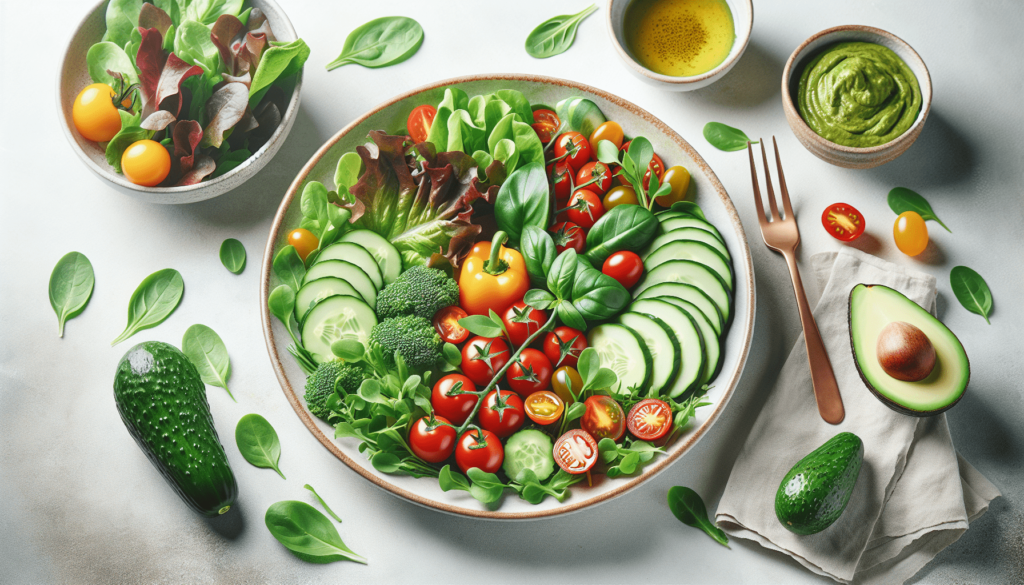
Get Your Copy Of Top 5 Plant-Based Weight Loss Plans
2. The Whole Food Plant-Based Diet
Overview
The Whole Food Plant-Based (WFPB) diet emphasizes unprocessed or minimally processed foods. It’s not just about excluding animal products but also about avoiding heavily processed plant foods.
Benefits
- Nutrient-Dense: Whole foods are packed with essential vitamins, minerals, and antioxidants.
- Weight Management: The high fiber content helps you stay full longer, reducing overall calorie intake.
- Chronic Disease Prevention: Lowers the risk of chronic diseases like diabetes, high blood pressure, and certain cancers.
Getting Started
- Minimize Processed Foods: Opt for foods in their natural state, like fruits, vegetables, whole grains, and legumes.
- Meal Preparation: Prepare foods at home as much as possible to avoid added sugars and unhealthy fats.
- Read Labels: If you buy packaged foods, look for items with short ingredient lists and little to no added ingredients.
Sample Meal Plan
| Meal | Food |
|---|---|
| Breakfast | Overnight oats with almond milk, berries, and flaxseed |
| Lunch | Sweet potato and black bean bowl with avocado and salsa |
| Snack | Mixed nuts and a piece of fruit |
| Dinner | Stir-fried tofu with broccoli, carrots, bell peppers, and brown rice |
| Dessert | A piece of dark chocolate |
3. The Vegetarian Diet
Overview
The vegetarian diet is a bit more flexible than veganism. It excludes meat but typically includes dairy products and eggs. This can make it easier for people transitioning from a standard diet.
Benefits
- Flexible Eating: Easier to dine out and find options that fit into the diet.
- Nutrient Variety: Including dairy and eggs can help meet nutritional needs more easily.
- Sustainable: Many find it easier to maintain long-term compared to more restrictive diets.
Getting Started
- Flexitarian Approach: Start by having meatless days and gradually increase the number.
- Explore Dairy and Egg Options: Use these animal products creatively to make filling, nutritious meals.
- Balance Meals: Make sure each meal has a good mix of protein, healthy fats, and carbohydrates.
Sample Meal Plan
| Meal | Food |
|---|---|
| Breakfast | Greek yogurt with granola and fresh fruit |
| Lunch | Spinach and feta salad with walnuts and vinaigrette |
| Snack | Hummus with carrot sticks |
| Dinner | Eggplant parmesan with a side of whole-grain pasta |
| Dessert | Baked apple with cinnamon and a dollop of vanilla yogurt |
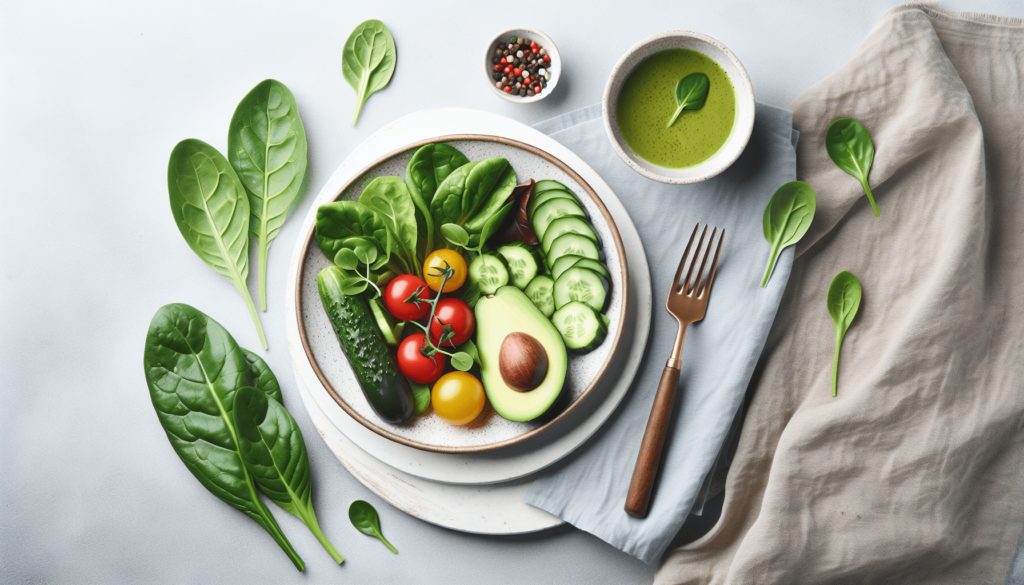
4. The Flexitarian Diet
Overview
Flexitarianism is a flexible eating style that primarily focuses on plant foods but allows for occasional meat and animal product consumption. It’s ideal for those who aren’t ready to fully commit to a vegetarian or vegan lifestyle.
Benefits
- Ease of Transition: Gradual reduction in meat can make it easier to adjust.
- Nutritional Balance: The occasional inclusion of meat can help meet nutritional requirements.
- Less Restrictive: Offers more variety and less risk of diet fatigue.
Getting Started
- Plan Meatless Days: Start with a few meatless days per week.
- Gradual Reduction: Slowly decrease the portion size and frequency of meat in your diet.
- Quality Matters: When you do consume animal products, opt for high-quality, ethically sourced options.
Sample Meal Plan
| Meal | Food |
|---|---|
| Breakfast | Chia pudding with coconut milk, mango, and walnuts |
| Lunch | Avocado toast with a poached egg and mixed greens |
| Snack | Edamame beans with a sprinkle of sea salt |
| Dinner | Grilled portobello mushroom burger with sweet potato fries |
| Dessert | Banana nice cream (blended frozen bananas) with dark chocolate shavings |
5. The Mediterranean Diet
Overview
The Mediterranean diet is based on the traditional eating habits of people in countries bordering the Mediterranean Sea. It emphasizes fruits, vegetables, whole grains, nuts, and seeds, with moderate consumption of fish and dairy.
Benefits
- Heart Health: High in healthy fats like olive oil, which are beneficial for your heart.
- Anti-Inflammatory: Rich in antioxidants and anti-inflammatory compounds.
- Adaptable: Easily adaptable to a variety of eating preferences and lifestyles.
Getting Started
- Olive Oil: Replace butter and margarine with olive oil.
- Incorporate Fish: Include fish in your meals a couple of times per week.
- Fresh Produce: Make fruits and vegetables the base of every meal.
Sample Meal Plan
| Meal | Food |
|---|---|
| Breakfast | Greek yogurt with honey, walnuts, and berries |
| Lunch | Chickpea and quinoa salad with mixed greens and lemon vinaigrette |
| Snack | A handful of olives and cherry tomatoes |
| Dinner | Grilled salmon with couscous and steamed asparagus |
| Dessert | Fresh fruit salad with a drizzle of olive oil |
Conclusion
Choosing a plant-based weight loss plan is a commendable step towards better health and a more sustainable lifestyle. Each of these top 5 plant-based diets offers unique benefits and approaches to suit various needs and preferences. Whether you decide to go fully vegan, adopt a more flexible approach with the flexitarian diet, or indulge in the rich flavors of the Mediterranean diet, the key is to find a plan that feels sustainable and enjoyable for you.
Remember, the journey to weight loss is not just about the destination but also about developing healthier habits that you can maintain in the long run. So, don’t rush. Take your time to explore which diet fits best into your lifestyle and makes you feel great.
Happy eating, and here’s to your health and wellness journey!
